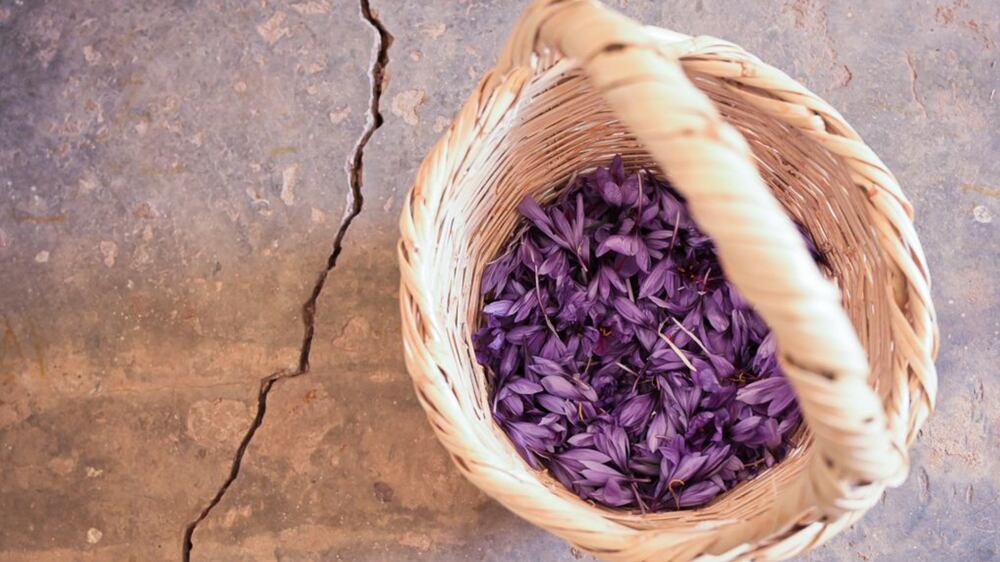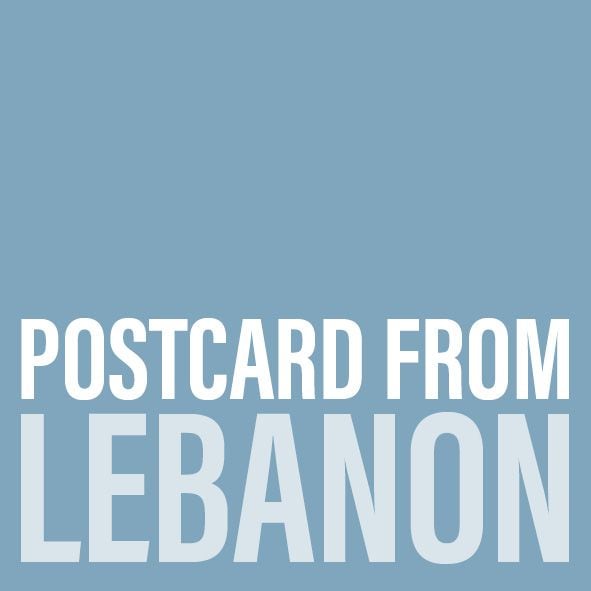
Every other day, Karl Karam and fellow architect Jihad Farah drive for two hours from Lebanon's coast to a field of violet flowers in the Bekaa Valley, near the border with Syria.
The friends swapped their rulers for shovels and turned to growing saffron as construction projects become scarce amid an economic collapse that has forced many Lebanese out of the country.
“We didn’t want to leave Lebanon because we love this country,” Mr Farah, 40, said as he plucked one of the saffron flowers from which the spice is derived.
“We were thinking of ways to survive here. Next thing we know, we found ourselves waking up at 6am and picking flowers until the sun sets.”
Their endeavour highlights the untapped potential of local agriculture and industry, which have been largely neglected by the state.
Saffron is one of the most expensive spices in the world, yet only a handful of farmers grow it in Lebanon. Most of them are in the lawless Baalbek-Hermel governorate, a region known mostly for organised crime, poverty and cannabis farming.
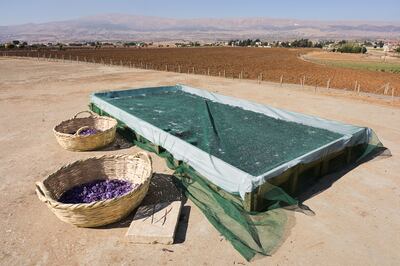
Saffron revolution
The architects-turned-saffron farmers began working on their project last December and leased 7,000 square metres of land in the Bekaa Valley in June.
The first time they drove to the site in the village of Hizzine in their Mini Cooper convertible, the owner was sceptical.
“He told us later he thought we city folk would not last two hours in the Bekaa. But we persevered and now we are here every morning even before the workers,” Mr Farah said.
Hizzine is located halfway between Brital, a town known for car thefts and vendetta killings, and Lebanon’s drug capital Baalbek — also a stronghold of the armed group Hezbollah.
Mr Farah recalled driving past cannabis field after cannabis field for 40 minutes to arrive at the farm.
Violet blooms filled the site early this month and they recently completed their first harvest with the help of girls from nearby villages who arrived early each morning to pick the flowers.
Hamida, 16, said they filled as many as 10 baskets a day.
“I love working with saffron,” the Syrian teenager said. “It's rare and delicate work.”
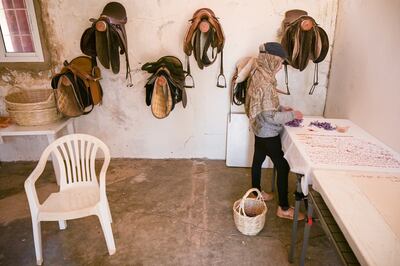
Once the flowers are collected, farmers must delicately extract the three stigmas — three orange filaments ending in a red tip that are nestled inside the petals. The quality depends largely on the precision of the cut and whether it is close to the coveted red tip.
Mr Karam, 34, said about 200,000 to 250,000 flowers are needed for one kilogram of saffron. He expected the farm's first harvest to be slightly less than half a kilo.
Saffron crocuses bloom only once a year, but the yield increases each year as the plants propagate more bulbs. Tehran is the world’s top exporter of saffron, accounting for more than 90 per cent of the supply.
As Lebanon's economy began to collapse in late 2019, the number of tourists also shrank, and agricultural exports became a source of scarce foreign currency.
Mr Karam, who met Mr Farah during mass anti-government protests that broke out in late 2019, believes their saffron project is a chance to challenge the status quo.
“This is about a nation that needs to change and that can be productive,” he said in perfect English, his fingers stained with dirt from flower-picking.
“The whole revolution [the protests] happened because of this question: why is Lebanon in a crisis when we have all the capabilities to shine?”
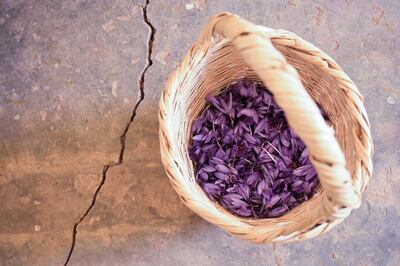
Million-dollar blooms
Hassan Makhlouf, a natural sciences professor at Lebanese University who worked on saffron cultivation for nearly two decades, says the high quality of Lebanese saffron makes it a prime candidate for export to the US and the Gulf, both large consumers of the spice.
“If we can manage to sell just one tonne of saffron abroad, that would be worth several million dollars. That’s a whole lot of money for farmers,” he said.
Mr Makhlouf introduced saffron cultivation to Lebanon in the late 1990s after the 15-year civil war as a way to provide farmers with alternatives to planting cannabis.
“At the time, even the Agriculture Ministry didn’t believe in this project,” he said.
But in 1999, the ministry put Mr Makhlouf in charge of its initiative to replace drug crops with legal alternatives.
He distributed 30,000 saffron crocuses to 80 cannabis farmers in Baalbek-Hermel governorate, of whom only five or six are still growing the crop.
“It’s hard to train farmers to grow saffron; it’s a delicate crop that requires patience. Many farmers expected immediate profit, which isn’t possible,” he said.
Despite a lack of state support and economic collapse, Mr Makhlouf has high hopes that Mr Karam and Mr Farah’s project will encourage others to invest in local agriculture.
“I think people like Karl and Jihad can breathe new life into saffron farming in Lebanon.”
A thousand square metres of land can produce up to 1kg of the spice, which can fetch up to $2,000/kg at retail prices in Lebanon, Mr Makhlouf said.
If it is exported, the saffron can sell for up to $10,000/kg, he said.
In either case, he said, growing saffron is much more lucrative than cannabis: 1,000 square metres of cannabis plantation would yield 4kg of the drug which would sell for a total of about $400.
“That’s nothing in comparison, but the state has been absent from the Bekaa for years, so everyone is planting cannabis,” Mr Makhlouf said.
